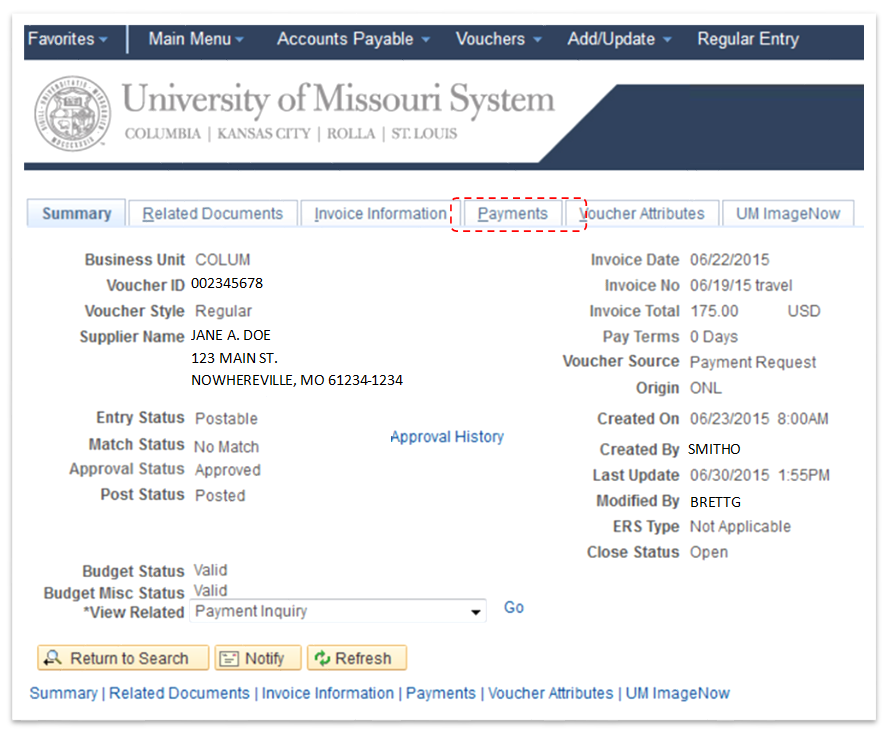Table of Contents

t1b: An exploit becomes energetic. t2: Many prone systems have used the spot. Therefore the formula for the length of the home window of vulnerability is: t2 t1b. In this formulation, it is always true that t0 t1a, and t0 t1b. Keep in mind that t0 is not the very same as day zero.
For typical susceptabilities, t1b > t1a. This implies that the software supplier recognized the susceptability and had time to release a safety and security spot (t1a) prior to any kind of hacker can craft a practical manipulate (t1b). For zero-day exploits, t1b t1a, such that the exploit ends up being energetic before a spot is made offered.
It has actually been recommended that a solution of this kind may be out of reach since it is algorithmically impossible in the basic instance to analyze any approximate code to establish if it is harmful: as such an analysis minimizes to the halting trouble over a direct bounded robot, which is unresolvable.
The Main Principles Of Banking Security
The majority of modern antivirus software still utilizes trademarks however likewise performs other kinds of analysis. [] In code analysis, the machine code of the data is evaluated to see if there is anything that looks suspicious. Normally, malware has characteristic behaviour; code evaluation tries to detect if this exists in the code.
It is not constantly simple to determine what an area of code is intended to do, especially if it is very intricate and has been deliberately written with the objective of beating analysis. Another limitation of code evaluation is the moment and resources offered. In the affordable world of anti-virus software, there is always an equilibrium between the efficiency of analysis and the time hold-up involved.
This can be orders of magnitude much faster than evaluating the exact same code, but should stand up to (and find) attempts by the code to detect the sandbox. Generic trademarks are trademarks that specify to particular behavior rather than a particular product of malware. The majority of new malware is not totally novel, but is a variant on earlier malware, or includes code from one or more earlier examples of malware.
A Biased View of Banking Security
Organized in a secure and durable cloud atmosphere, Our state-of-the-art, scalable solutions are developed to accelerate advancement and assistance banks supply the experiences individuals require currently and in the future. We provide public and exclusive hybrid cloud organizing services, with implementations both in our very own completely redundant and highly offered information facilities based in the United States, too on the AWS public cloud, operating 24-hour a day, 365 days a year, under the most extensive top quality and security criteria.
The cash conversion cycle (CCC), likewise called the web operating cycle or cash money cycle, is a statistics that reveals, in days, the length of time it takes a company to convert the cash money invested on supply back into cash from marketing its services or product. The shorter the cash money cycle, the better, as it indicates much less time that cash money is bound in balance dues or stock.
This metric takes into consideration just how much time the firm requires to sell its inventory, just how much time it requires to collect receivables, and exactly how much time it has to pay its costs. The CCC is among several measurable steps that help assess the effectiveness of a firm's procedures and management.
Rumored Buzz on Banking Security
One should remember that CCC applies only to pick industries depending on supply monitoring and related operations. The cash conversion cycle (CCC) is a statistics that shares the length of time (in days) that it takes for a company to convert its financial investments in stock and other resources into money streams from sales.
g., year = 365 days, quarter = 90) The initial stage concentrates on the existing stock degree and stands for how lengthy it will take for business to offer its stock. This number is computed by using the days stock exceptional (DIO). A lower worth of DIO is chosen, as it indicates that the company is making sales swiftly, indicating better turn over for business.

Inventory=21(BI+EI)BI=Starting stock, EI=Finishing supply The 2nd phase concentrates on the present sales and stands for for how long it takes to gather the cash created from the sales. This number is determined by using the days sales exceptional (DSO), which splits ordinary receivables by profits per day. A lower worth is liked for DSO, which shows that the business is able to accumulate resources in a brief time, in turn boosting its cash position.
The 7-Minute Rule for Banking Security
Accounts Receivable=21(BAR+EAR)BAR=Start AREAR=End AR The third stage concentrates on the present impressive payable for business. It thinks about the quantity of cash that the firm owes its existing providers for the inventory and goods it acquisitions, and it represents the period in which the business need to settle those responsibilities.
Improving sales of supply for revenue is the key means for an organization to make more revenues. However exactly how does one sell extra things? If money is easily offered at normal periods, after that one can create more sales for earnings, as regular availability of resources results in a lot more products to make and offer.
Cash money isn't an element till the company pays the accounts payable and gathers the accounts receivable. CCC traces the life cycle of money used for service activity.
Some Ideas on Security Consultants You Need To Know
CCC may not offer meaningful inferences as a stand-alone number for a given period. Experts use it to track a service over multiple time periods and to compare the firm to its competitors. Tracking a business's CCC over several quarters will show if it is improving, maintaining, or intensifying its functional efficiency.
Navigation
Latest Posts
Little Known Facts About Plumbing.
The Buzz on Plumbing
The Main Principles Of Plumbing